Birds That Leave Their MarkTracks and Signs of Birds in South-west Europe
$38.27
Author
In stock
$38.27
Weight
0.52 kg
Size
15 × 21 cm
Language
English
Format
Paperback
Pages
216
Publishing date
12 November 2024
Published by
Lynx Nature Books
Author
Description
Birds That Leave Their Mark takes readers on an engaging journey into the avian world of South-West Europe, focusing on the fascinating signs and tracks that birds leave in their daily lives. Focusing on the birds of South-West Europe, this richly illustrated book by Luisa Abenza is a treasure for bird enthusiasts and nature lovers alike, providing a deeper understanding of the connections between birds and their environments.
The book features a foreword by the renowned primatologist Jane Goodall, who shares her personal reflections on the significance of birds in her life, drawing readers in with heartfelt stories and observations.
This guide goes beyond traditional identification, offering insights into understanding bird behavior through the subtle signs of avian life, from footprints and droppings to calls and interactions. With detailed illustrations and photographs, readers will learn to interpret the traces left by birds and recognize the subtle indicators of avian life in their surroundings.
Key features of this book include:
- A detailed introduction to bird-tracking, grouping by foot type, feathers, and skulls, along with a footprint gallery.
- In-depth species accounts featuring gulls, wildfowl, cranes, herons, waders, steppe birds, gamebirds, diurnal birds of prey, owls, woodpeckers, cuckoos, corvids, pigeons, doves, passerines, and exotic birds.
- Beautiful illustrations and photographs for each species, showcasing their unique signs and tracks.
- Insights into conservation and ecological awareness, encouraging readers to observe and protect the natural world.
The species accounts include:
· Gulls: Lesser Black-backed Gull, Black-headed Gull
· Wildfowl: Mallard, Marbled Duck, Greylag Goose, Mute Swan, Great Cormorant, Greater Flamingo, Eurasian Coot
· Cranes, Herons, and similar: Common Crane, White Stork, Eurasian Spoonbill, Grey Heron, Cattle Egret, Northern Bald Ibis, Black-crowned Night Heron, Western Swamphen, Common Moorhen
· Waders: Pied Avocet, Black-winged Stilt, Northern Lapwing, Little Ringed Plover, Collared Pratincole, Eurasian Woodcock, Eurasian Curlew, Sanderling, Common Sandpiper
· Steppe Birds: Great Bustard, Little Bustard, Eurasian Stone-curlew, Pin-tailed Sandgrouse
· Gamebirds: Western Capercaillie, Common Pheasant, Red-legged Partridge, Common Quail
· Diurnal Birds of Prey: Cinereous Vulture, Griffon Vulture, Bearded Vulture, Egyptian Vulture, Spanish Imperial Eagle, Golden Eagle, Bonelli’s Eagle, Short-toed Snake Eagle, Osprey, Red Kite, Booted Eagle, Common Buzzard, European Honey Buzzard, Western Marsh Harrier, Northern Goshawk, Peregrine Falcon, Eurasian Sparrowhawk, Black-winged Kite, Common Kestrel
· Owls: Eurasian Eagle-owl, Tawny Owl, Western Barn-owl, Long-eared Owl, Little Owl, Eurasian Scops Owl
· Woodpeckers and Cuckoos: Iberian Green Woodpecker, Great Spotted Woodpecker, Eurasian Wryneck, Common Cuckoo, Great Spotted Cuckoo
· Corvids: Northern Raven, Rook, Carrion Crow, Red-billed Chough, Eurasian Jay, Western Jackdaw, Eurasian Magpie, Iberian Magpie
· Pigeons and Doves: Eurasian Collared-dove, Common Wood Pigeon
· Passerines and other small- and medium-sized birds: Red-backed Shrike, Mistle Thrush, Common Blackbird, European Nightjar, Eurasian Hoopoe, European Bee-eater, White Wagtail, Eurasian Skylark, Eurasian Nuthatch, House Sparrow, Common Chaffinch, European Robin
· Exotic Birds: Monk Parakeet
Birds That Leave Their Mark is structured to combine scientific knowledge with accessible storytelling, encouraging readers to observe and connect with the wildlife around them. Abenza’s approach promotes empathy and curiosity, inspiring a new generation of birdwatchers to engage with nature actively.
As conservation and ecological awareness become increasingly important, this book reminds us of the beauty and complexity of our natural surroundings, urging us to pay attention to the signs that tell the stories of the birds in our midst.
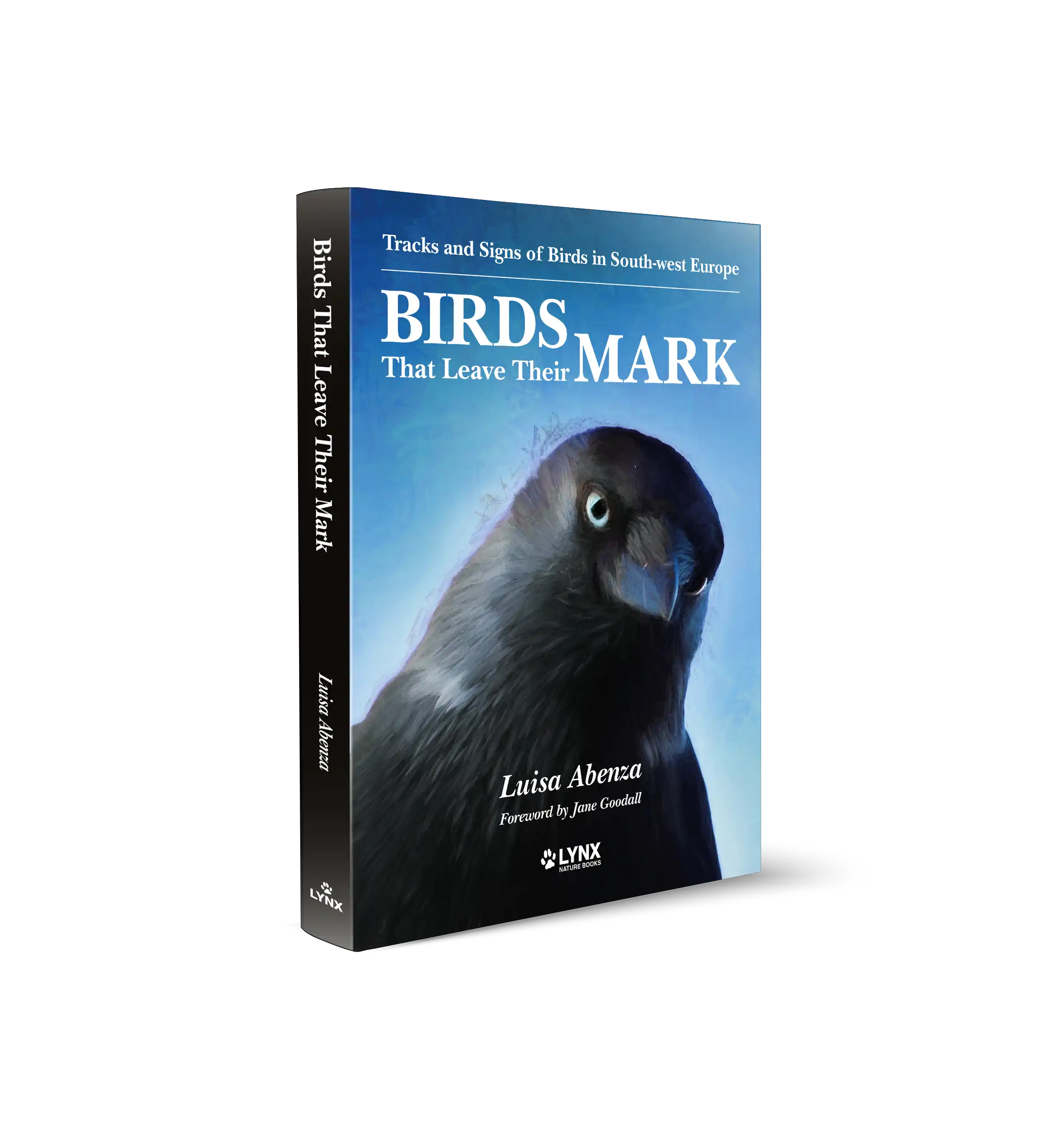
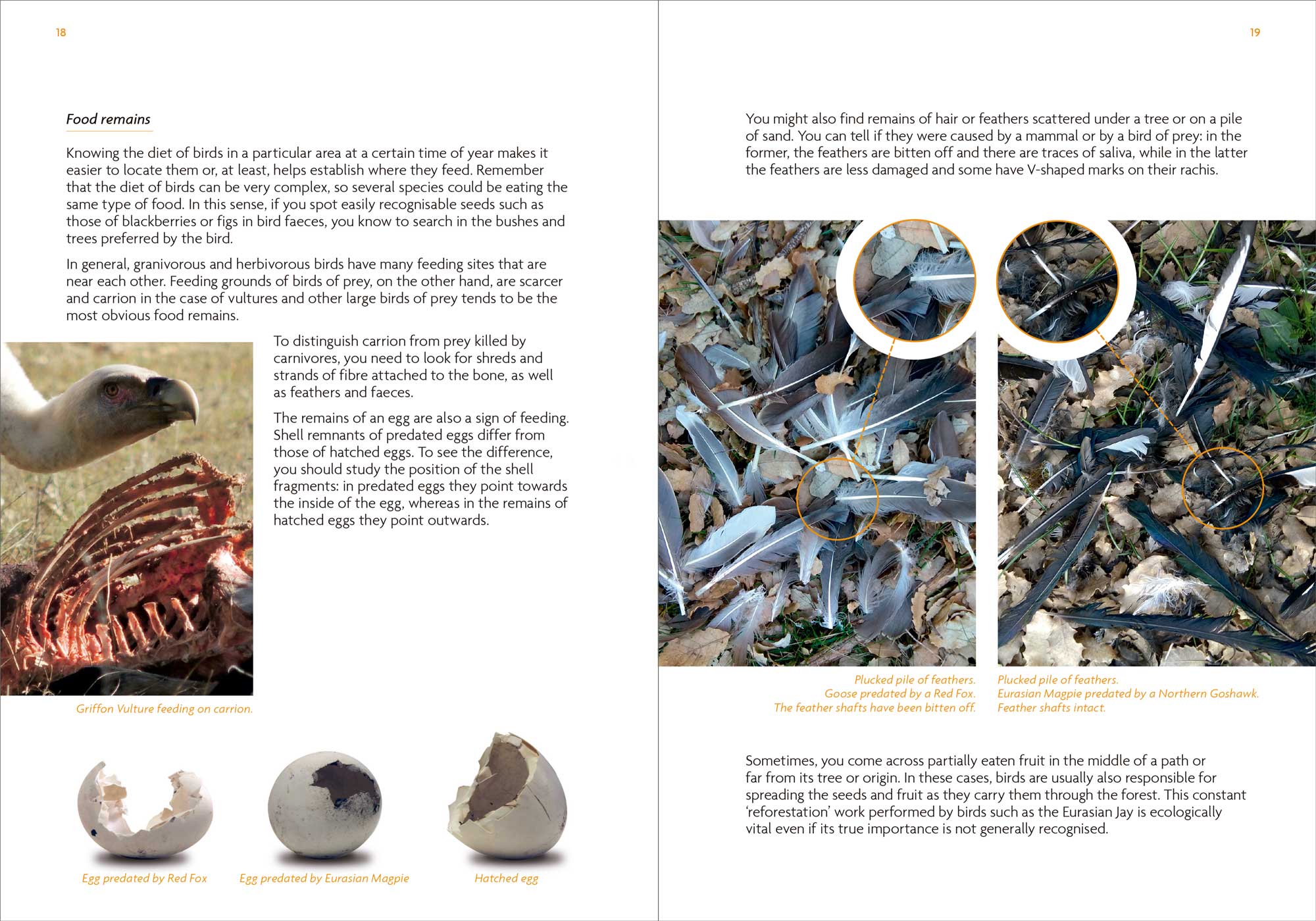
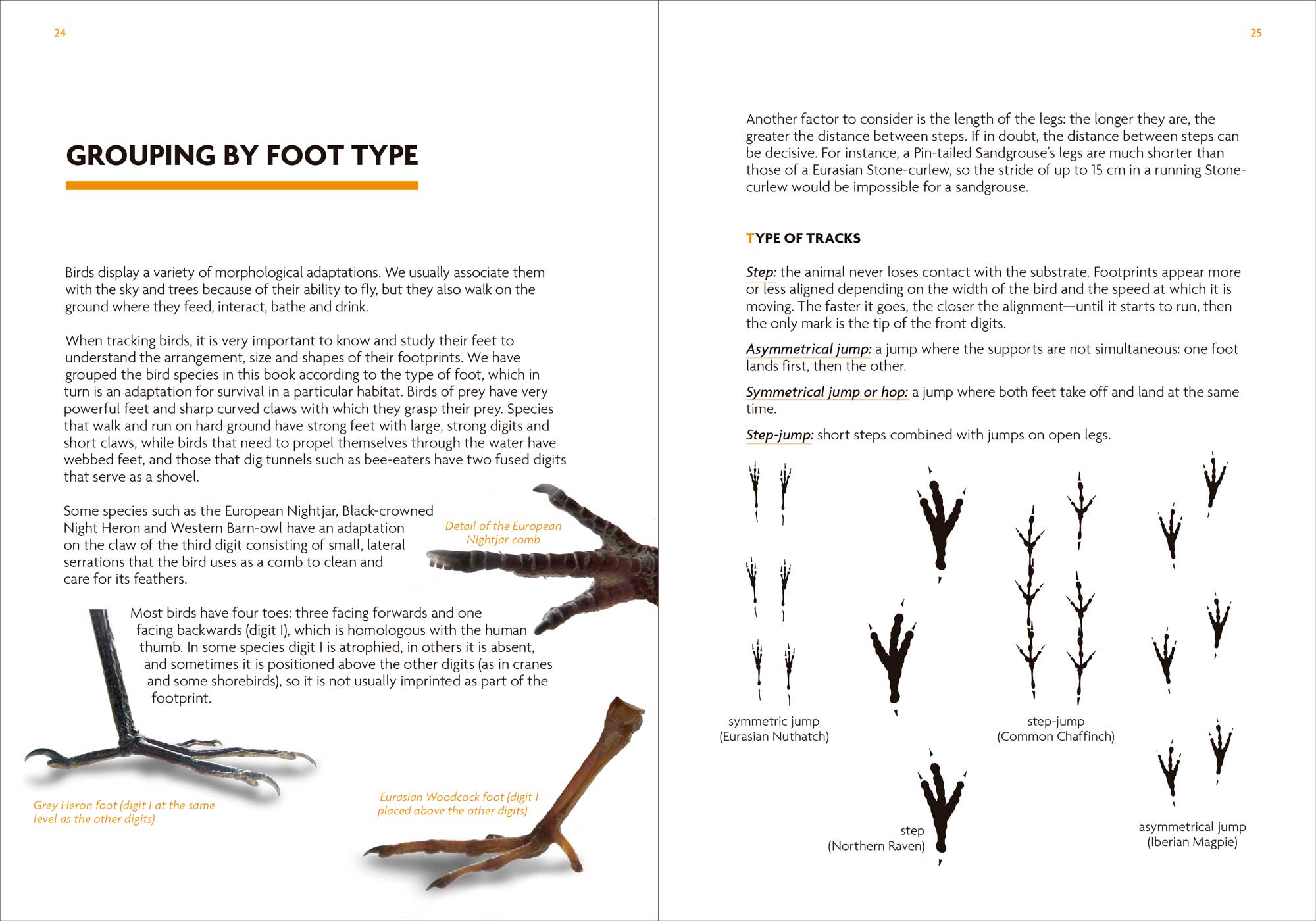
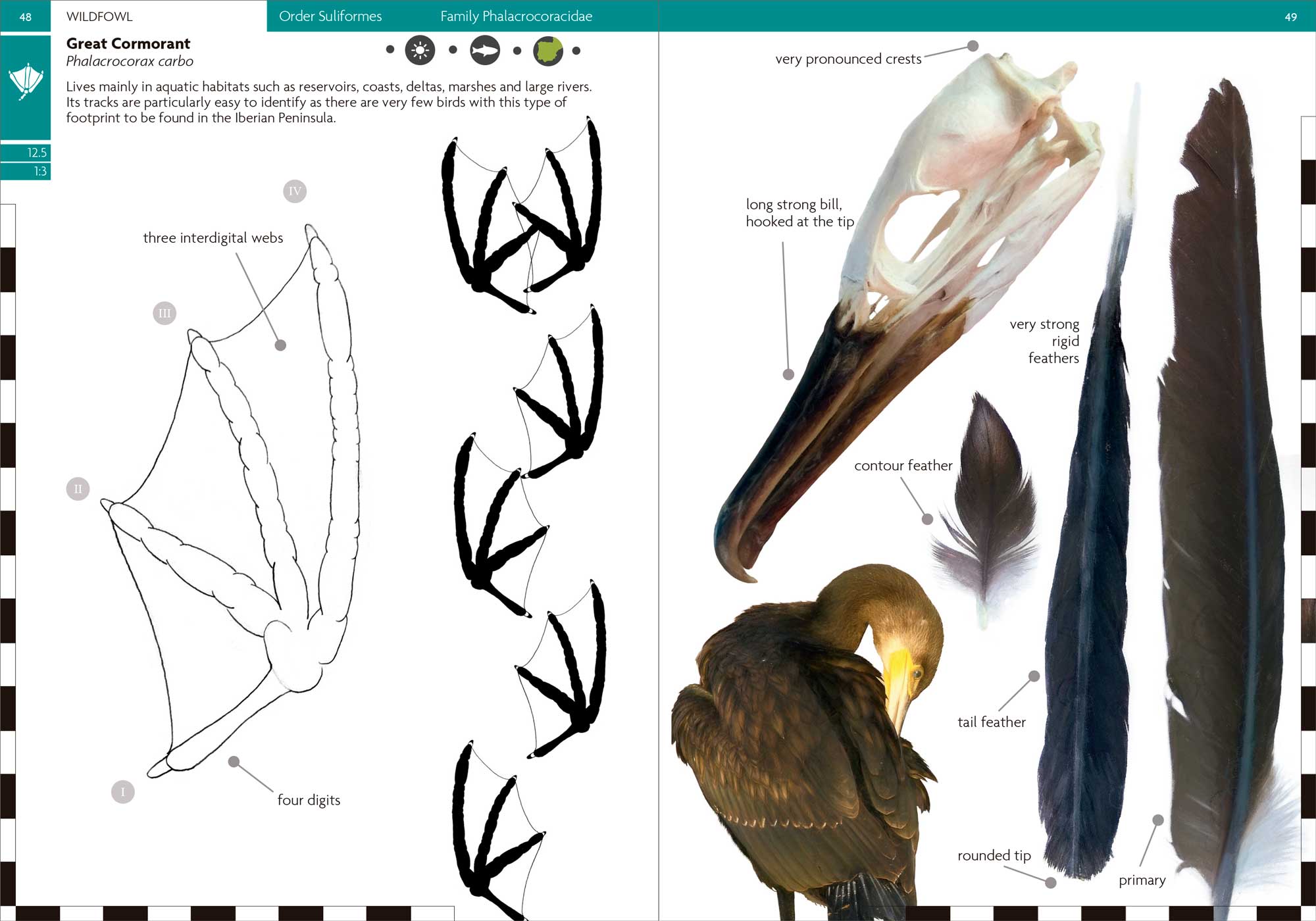
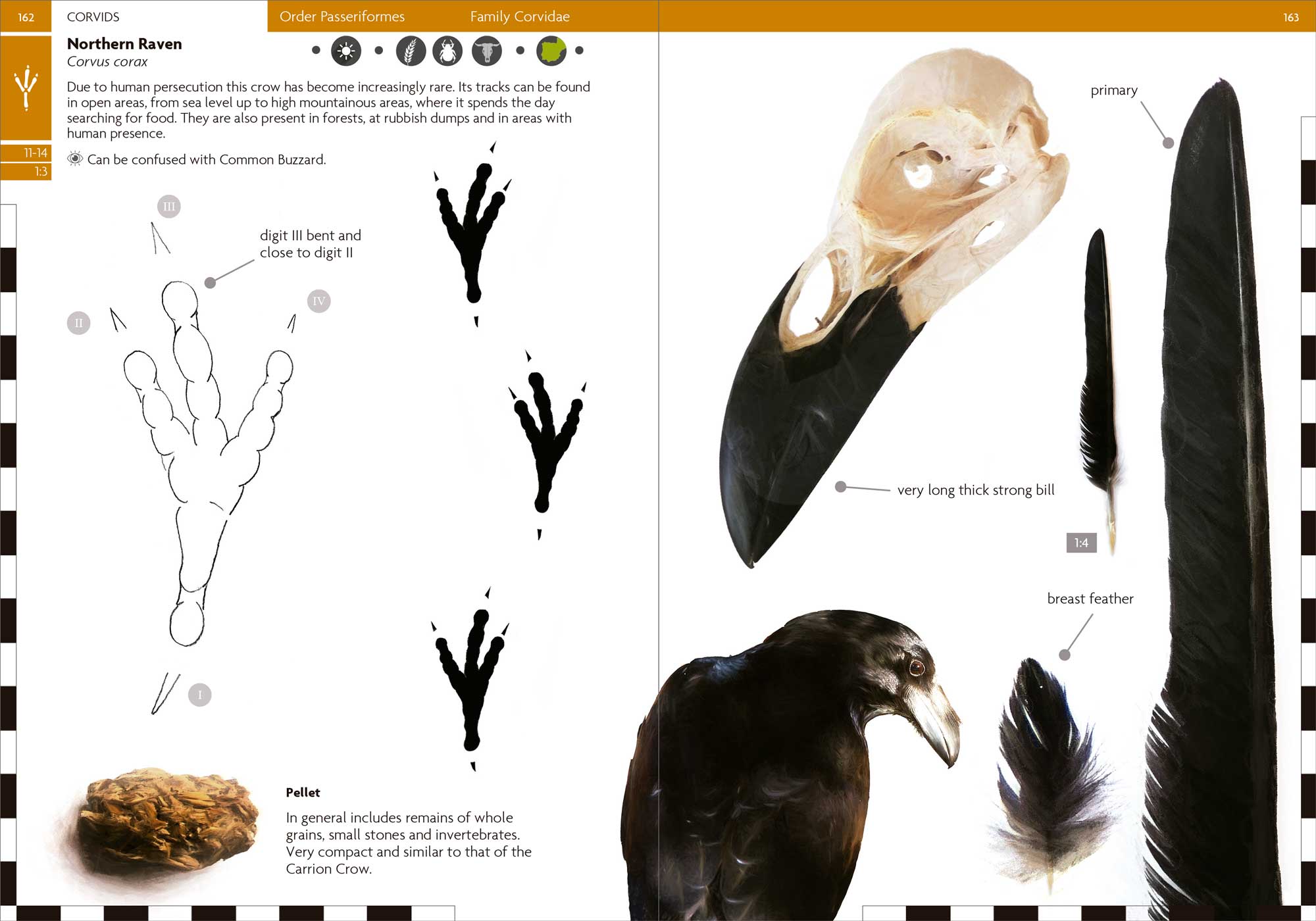
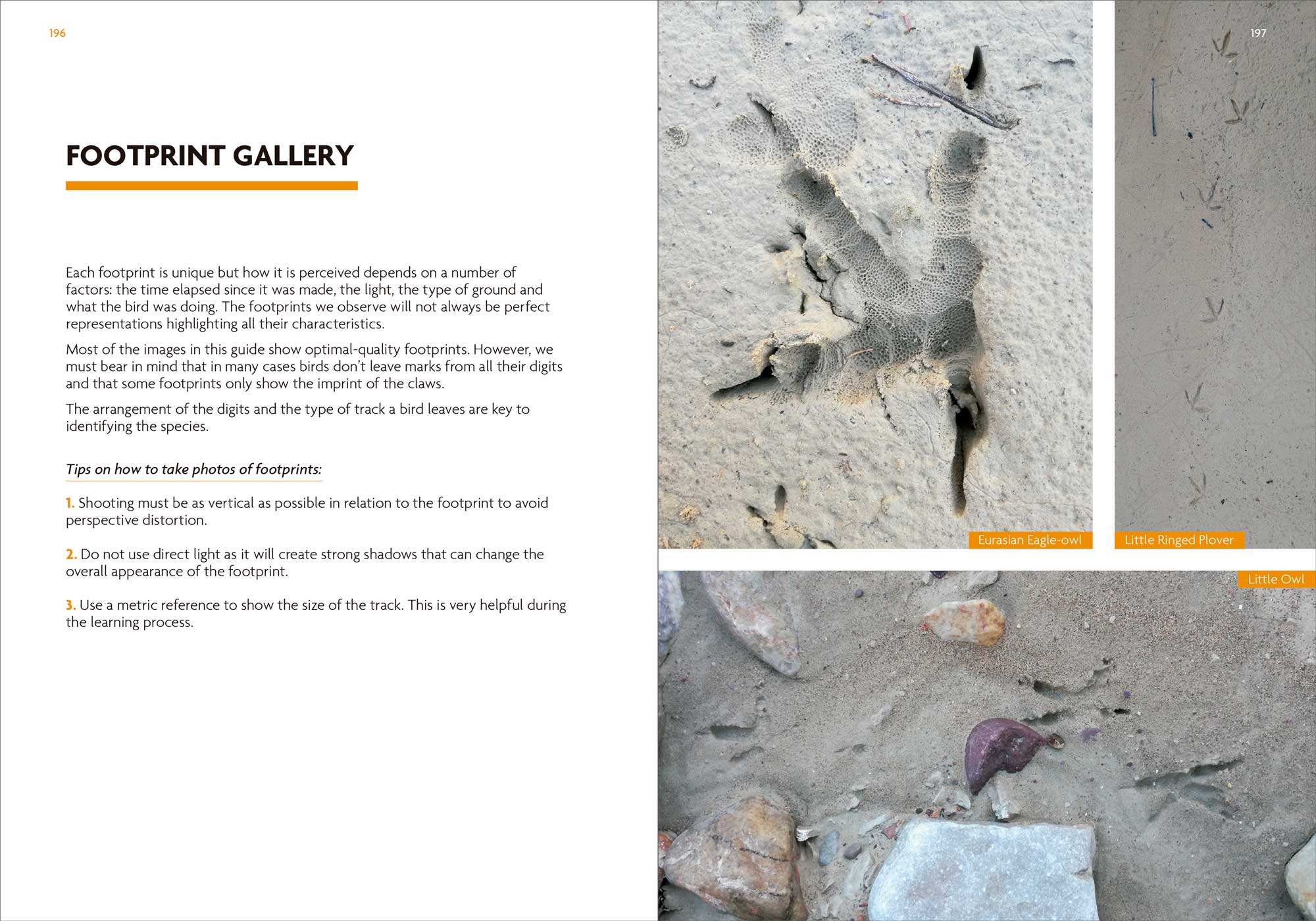
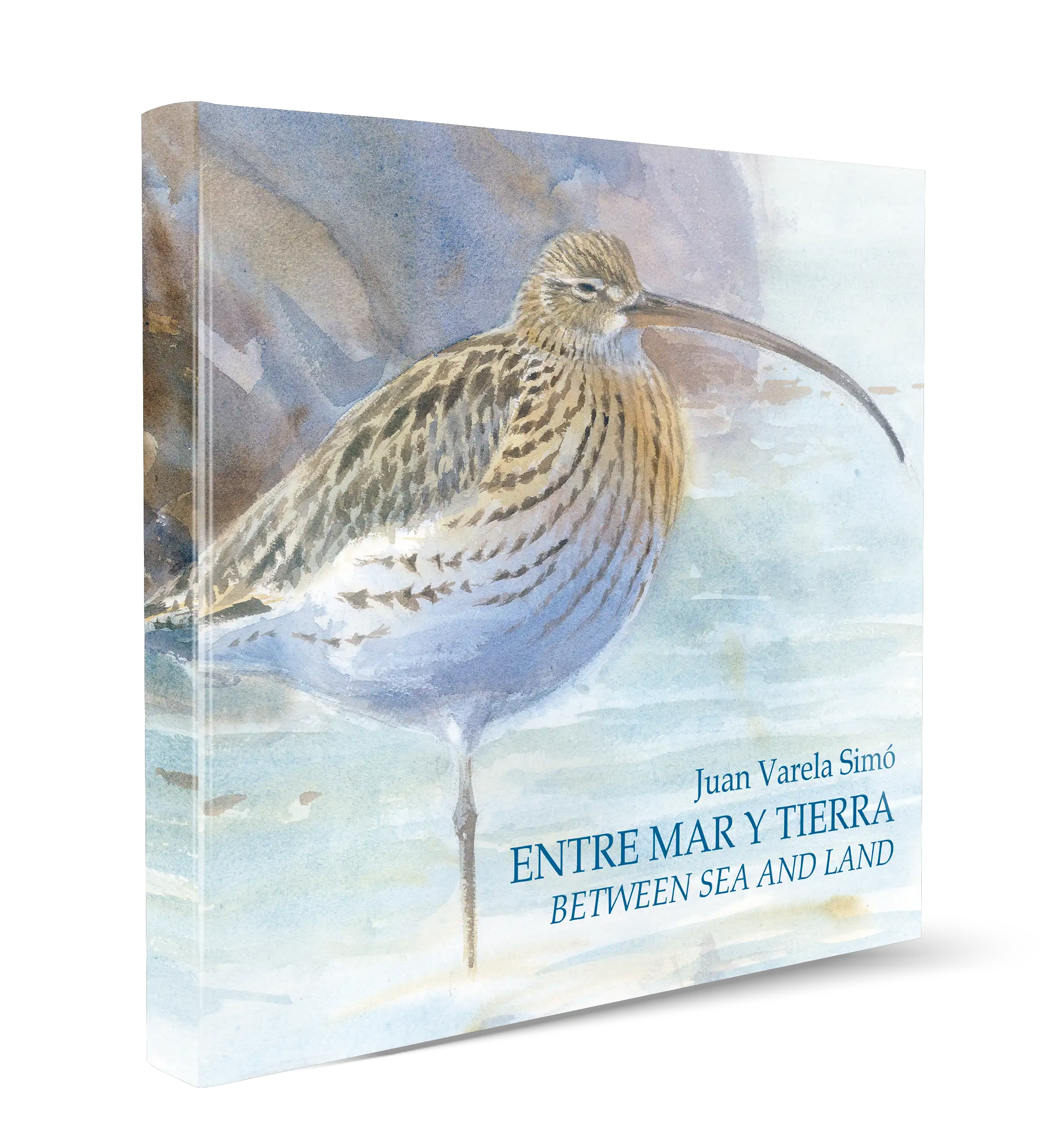

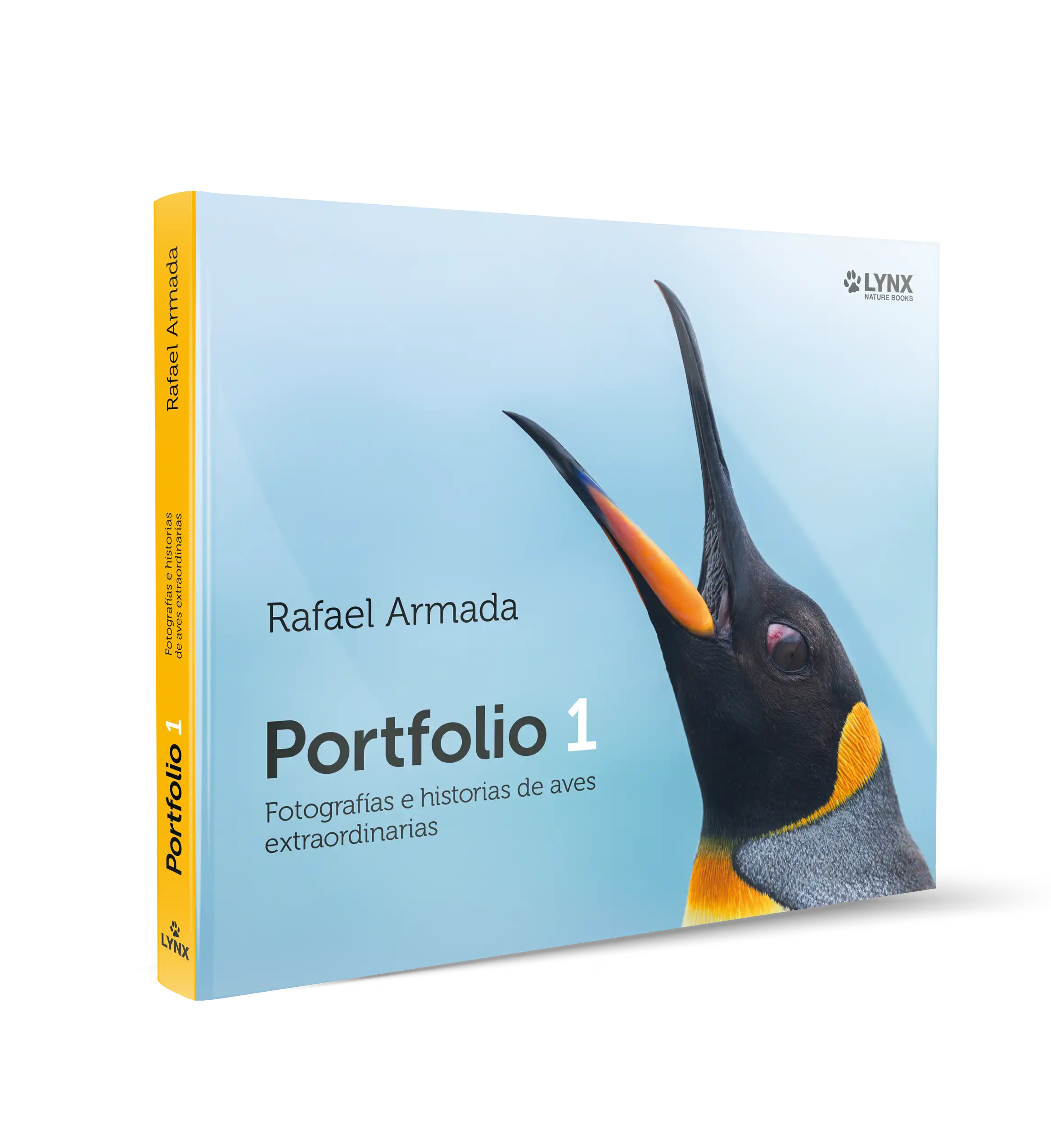
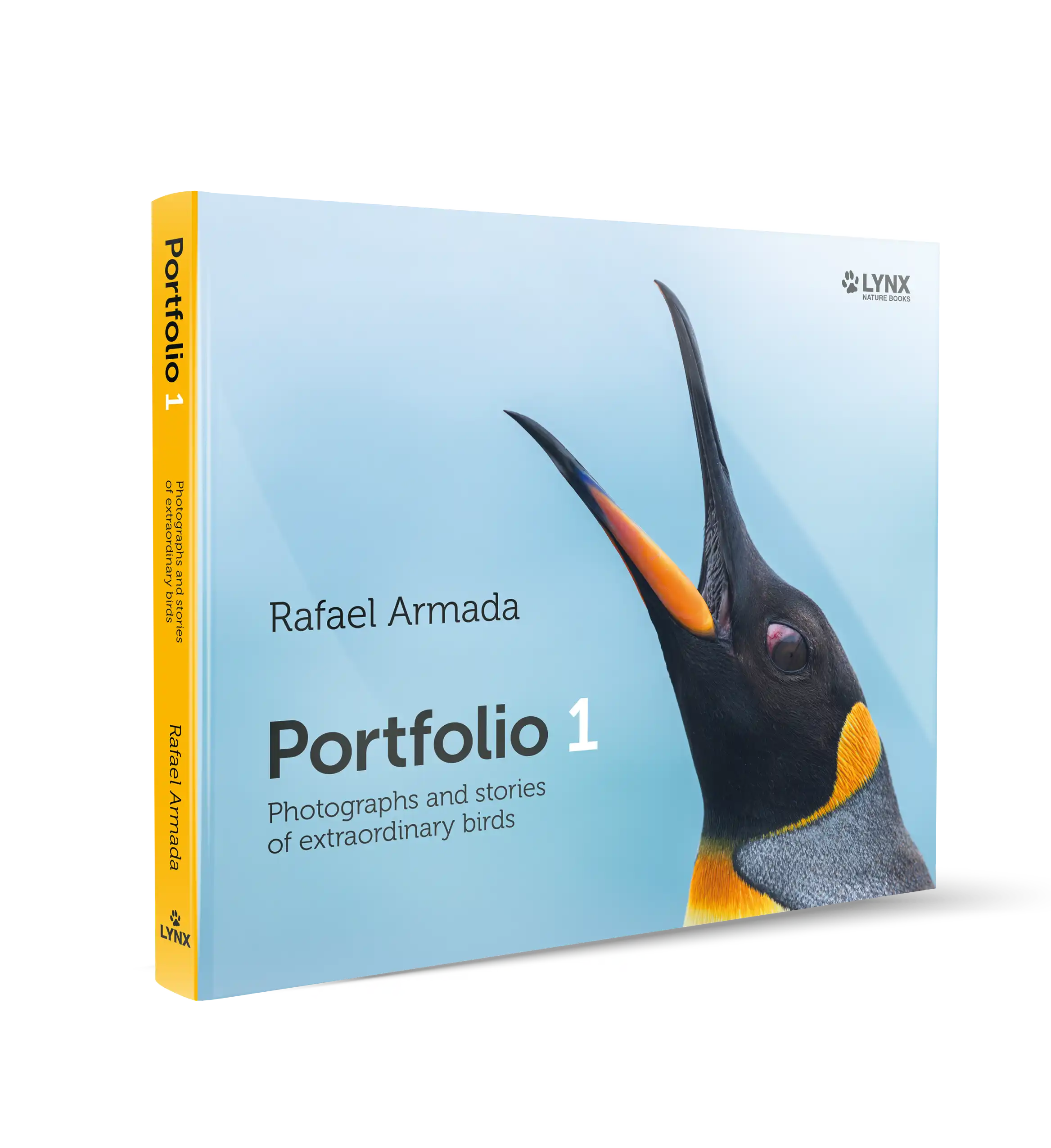
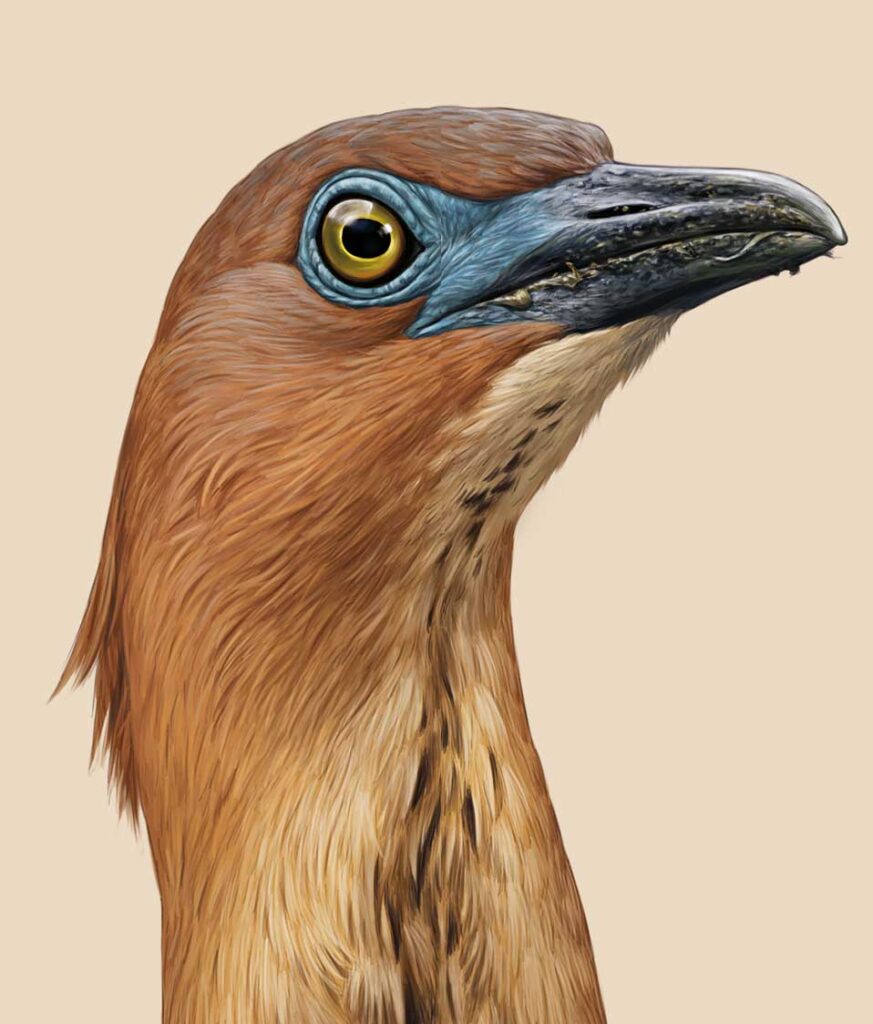

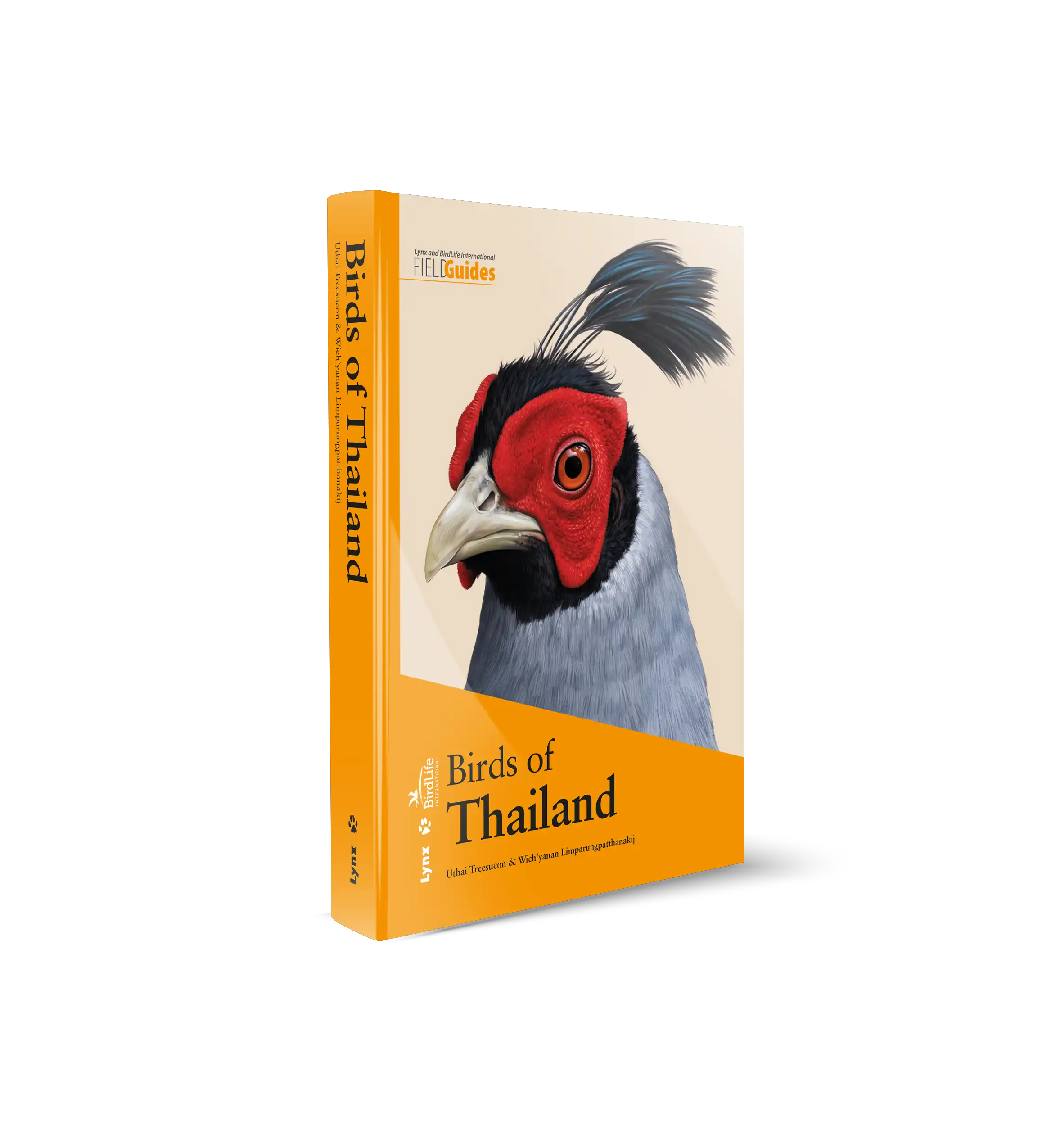
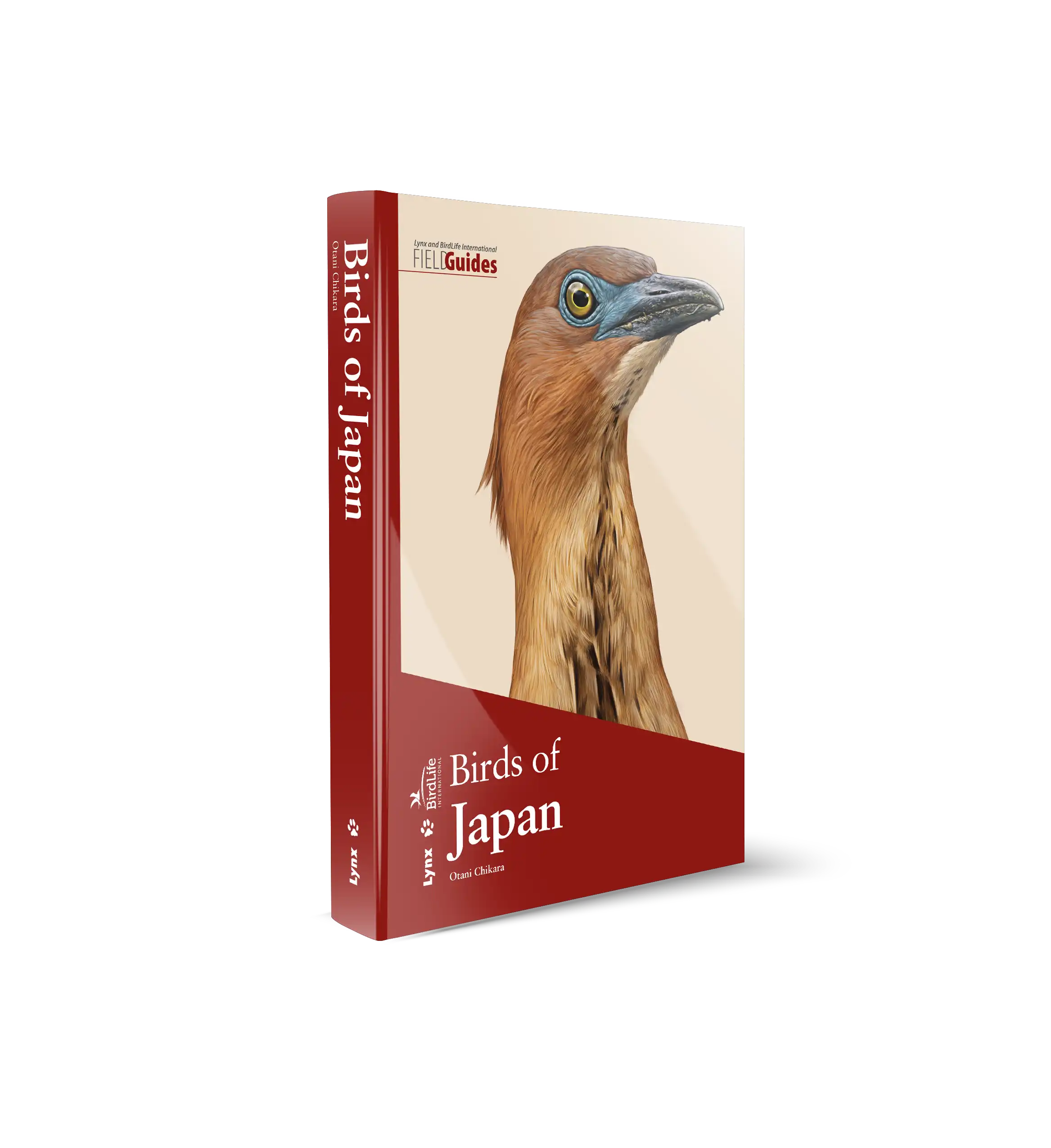








 Copyright 2026 © Lynx Nature Books
Copyright 2026 © Lynx Nature Books
Gehan de Silva Wijeyeratne –
This book borrows elements from different genres. First and foremost, there is this sense of seeing nature in a way that multiple senses are stimulated, a spirit that is captured in the new nature writing which is about a sense of time and place. The author makes this quite explicit as she writes in the introduction that it is about her way of seeing and feeling what surrounds her and her way of perceiving animals and their lives’. She adds that it is an attitude born out of empathy with the rest of the living beings with whom we share our surroundings. I can see the reason for making point of this this as sometimes even naturalists are a little detached and want to observe things at a distance or record them through our cameras. We have forgotten how when we as children actually liked to handle feathers and bones and feel their weight (or absence of it) and texture. Did it feel rough or smooth, did it feel light or heavy? We observe footprints in the mud but as adults we feel reluctant to touch and feel the wetness. Hopefully, this book may remind us that we are tactile creatures and reassure us that the next time we see a beautiful feather that it is ok to pick it up and run it though our fingers and marvel at the iridescence.
A second element of the book is that it is also about bushcraft. It took me back to Robert Baden-Powell’s influential book ‘Scouting for Boys’, first published in 1908. I devoured it as a young teenage schoolboy as it had a lot of interesting information on tracking animals. In a way it was a forerunner to some of the national park ranger training manuals of today which teaches bush craft to park rangers. There are ten pages on tracking birds by the signs they leave behind, not just footprints, but other signs. A thrush’s anvil leaves a tell-tale trail of smashed snail shells. Great Spotted Woodpeckers carry and leave behind pine cones at their ‘workshop’ where they can extract the kernels more easily. Crossbills leave a litterfall of pine cones after they have fed.
A third element of the books is that skulls and bones tell us something about an animal that may not be visibly obvious from the outside, but nevertheless has been engineered by evolution to lie beneath the skin and quietly perform its function. Katrina van Grouw in her book the ‘The Unfeathered Bird’ writes about and illustrates the bony projection that cormorants have on their skulls to attach the additional muscles which are needed for the birds to exercise a strong grip on fish with their un-serrated bills. Although not many birds have such a specialised feature, the shape of the skull and beak, the size of eye sockets, all tell us something about the modifications imposed on the design of the body by the individual lifestyle of a species.
Thumbing through it, certain patterns emerge for example with the feathers. With tail feathers, the webs are fairly symmetrical around the central vane. With primaries, the outer web is narrow and the inner web broad. Each of the species’ accounts have diagrams illustrating the arrangements of the toes and the pattern of the footprints. There is also a gallery of photographs at the back end. This might encourage people who have the book to take pictures when they next encounter footprints in the mud and figure out whether the author of the tracks is a Curlew or Little Ringed Plover.
This book reminded me of a time in childhood when I had a book filled with feathers I had picked up. I had catalogued the sheets with the names of the species and the date of collection. I also had a mini museum (as did some of my peer group) with various bones and skulls I had collected on my walks. My collections and that of my friends was met with mixed feelings by parents. I think books like this are important to remind us that the presence of birds can be observed in ways other than through the use of optics. It also reminds us that we can enjoy the company of birds by also being alert to the signs they leave and we can pick up a feather the next time we see it and admire it for its aesthetic beauty or the biomechanical engineering imparted by evolution.